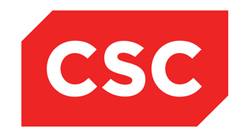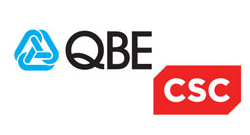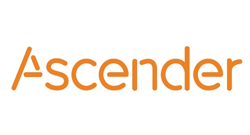The Benefits of Cloud Managed File Transfer
A guest post from Mark Towler, Senior Product Marketing Manager at Progress (formerly Ipswitch).
MFT solutions are now also available as cloud-based Software-as-a-Service (SaaS) offerings which can provide a number of benefits over traditional on-premise Managed File Transfer (MFT) offerings. Generally this means you’re getting all the capabilities of a full-featured MFT solution without having to deal with the hassles of managing and maintaining it on your own site.
Every organization needs to move files between users, locations, partners, customers and a million other destinations. This is often a core operational process, but depending on the organization this can be a requirement as minor as occasional use for non-proprietary data or as critical as automated high-volume transactions of confidential information. There are usually two approaches to meet these needs: traditional FTP servers and Managed File Transfer solutions. FTP is inexpensive, but it tends to lack the controls required for stringent operational or regulatory compliance requirements. Managed File Transfer (or MFT) solutions are usually much more capable, robust, secure and scalable – making them the preferred solution despite the potentially higher price.
MFT solutions are now also available as cloud-based Software-as-a-Service (SaaS) offerings which can provide a number of benefits over traditional on-premise MFT offerings. Generally this means you’re getting all the capabilities of a full-featured MFT solution without having to deal with the hassles of managing and maintaining it on your own site. In fact, many of the key benefits of Cloud MFT are the same as they are for any SaaS model.
- Reduced Deployment Time – there’s no need to provision your own server, install software, etc. You get immediate performance as soon as you initiate the service which can save you hours of setup and deployment time.
- Scalability and Flexibility – you can accommodate your organization’s needs as they change and evolve. If your current volume of transfers triples overnight it’s not a problem as Cloud MFT can add additional capacity on demand. Of course you’re going to need to pay for that additional capacity, but that’s also an advantage.
- Pay As You Go Pricing – buying hardware, setting it up, maintaining it and purchasing software licenses is an expensive capital expenditure. Paying for a monthly Cloud MFT service is a lot easier to initiate and a lot easier to scale. Bear in mind also that the Cloud MFT software, upgrades and maintenance are built into that monthly cost so there are not going to be any expensive surprises there.
As with all cloud solutions, there’s a tremendous benefit to organizations that need an MFT solution that can quickly change to meet their needs. But there are a few other considerations involved in moving your MFT solution to the cloud. I’ll be covering those in my next blog “The Four Key Features of Cloud MFT.”














